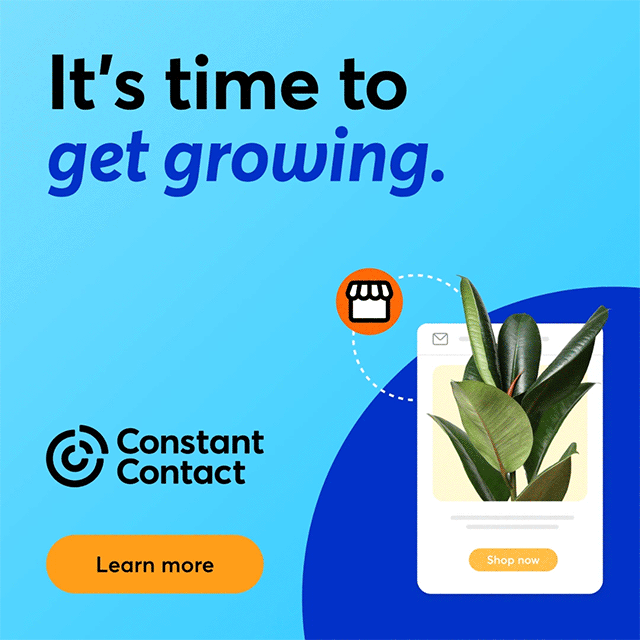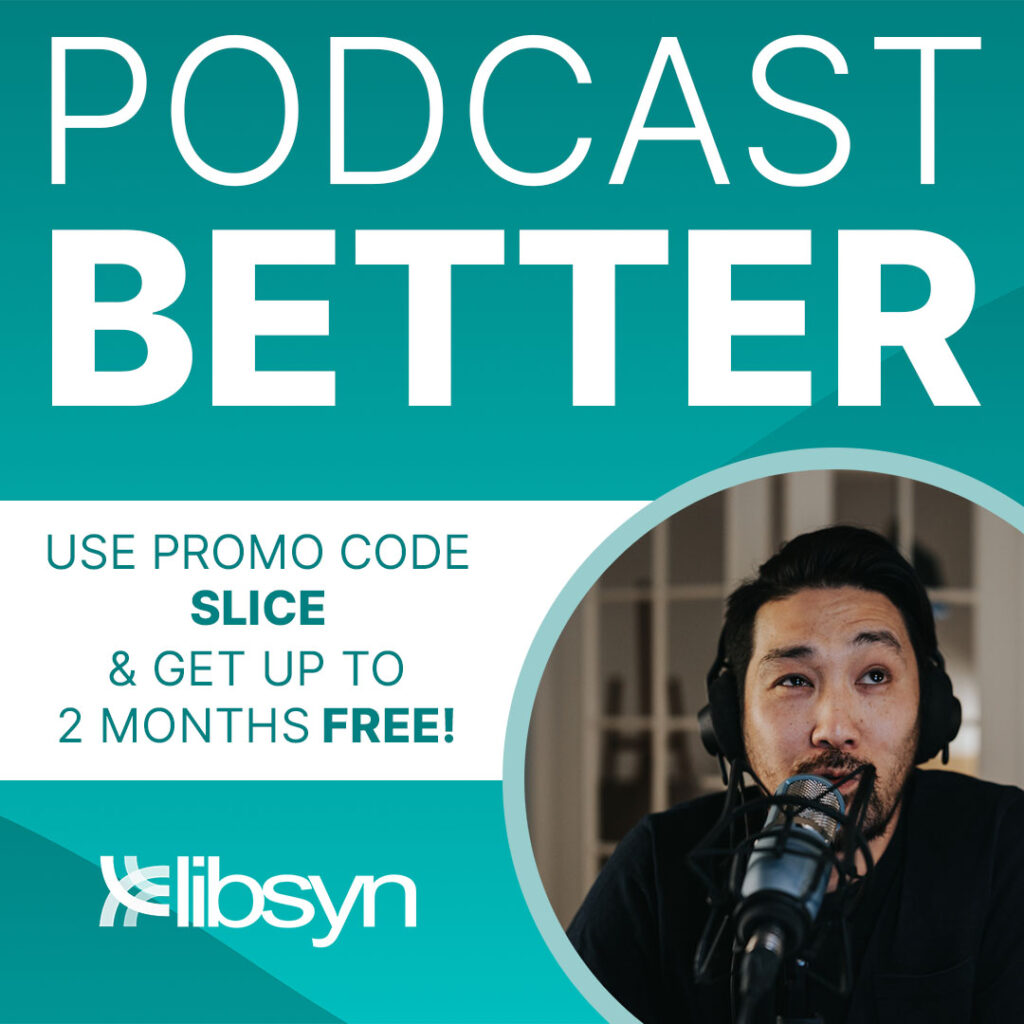 The Power of email is demonstrated on a daily basis. I know I haven’t been alone in saying email is far from dead. In fact, hardly anyone says this anymore because the evidence of the power of email is overwhelming. Consider these findings from a survey conducted by the retail marketing firm Listrak, as reported by eMarketer.
The Power of email is demonstrated on a daily basis. I know I haven’t been alone in saying email is far from dead. In fact, hardly anyone says this anymore because the evidence of the power of email is overwhelming. Consider these findings from a survey conducted by the retail marketing firm Listrak, as reported by eMarketer.
- More than 70% of men and women of all ages open and read promotional emails from retailers.
- Men and women were both very likely to visit the website if the word “sale” was in the subject line (78% and 84% respectively).
- Age didn't make much of a difference since just about everyone is on the Internet and has an email account; 70% of those 65 and older read emails, compared to 75% of Millennials.
Last year, McKinsey found email is almost 40% more successful in converting customers compared to Facebook and Twitter combined.
What Persuades Someone to Open an Email?
First of all, nearly everyone has availed themselves of the power of email. McKinsey found 91% of all US consumers use it every single day.
As I mentioned above, the word “sale” seems to be quite the trigger to get consumers to open emails. Plus, retailers in particular are getting very good at customizing what customers are buying. They don’t just track purchases, but also how individuals behave on their websites.
This helps them make recommendations to grab a customer’s interest. Personalizing email beyond the greeting and recommending something based on a consumer’s recent research will get her attention and is more likely to result in a site visit and purchase.
For example, if I’ve spent 15 minutes online looking at TVs with 4K capability, since that day, I've been getting emails or texts advertising new arrivals for 4K and Ultra HD from those vendors where I downloaded something and left behind my contact information. And if the subject line says something like Just In: Sharp Aquos Beyond 4K Ultra-HD! I’ll probably open it.
But if I've been browsing less expensive options, I just might score a great sale for a floor model that’s only a year old when Best Buy or someone else needs to clear out inventory.
Email Must Have a Mobile-First Design
I strongly suspect another reason email has such holding power is because it can be read on any device. But the smartest email marketers are creating emails specifically for the mobile market, particularly those small-screen smartphones. The Content Marketing Institute reports 65% of consumers read emails from their smartphones. If holiday smartphone sales are anything to go by, the number has probably risen even higher.
Consumers, it turns out, aren't buying new desktops or even laptops. Those are for work. Smartphones and tablets are for fun stuff like browsing new TVs or looking for happy hour specials. Even the self-employed are ready to move away from the desk after quittin’ time.
Smart businesses are not just investing in email designs for mobile devices, but are also connecting them to mobile-friendly landing pages. They should be: mobile users will quickly abandon sites they find difficult to navigate and shop where they’re wanted.
What Ever Happened to Spam?
Although we do occasionally hear the story about someone who got taken in by spam email, groups ranging from AARP to the Boys and Girls Clubs have done a great job to inform vulnerable people about how to spot and isolate spam. Plus, spam filters are now included with all email services, so the chance someone with average common sense will get hoodwinked have dropped quite bit.
In addition, businesses can’t contact you by email unless you've given them permission to do so. The CAN-SPAM Act of 2003 has done more, I think, to revive email from its reported near-death experience than anything else. Most of us feel pretty confident about opening emails from familiar sources, particularly when preview windows show a familiar logo and tolerable marketing language.
Businesses that use reputable email service providers like Constant Contact have at least three things going for them. First, they get 99%+ of their emails delivered to correct email addresses in their database. Second, the email carries with it a touch more credibility that results in people being more confident about opening the email in the first place. Third, they’re able to track KPIs and determine their return on investment (ROI).
Rather than employing the “Email is Dead” mantra, many business owners use as an excuse not to engage, develop a strong email marketing strategy. Take advantage of the power of email. Over time you’ll see revenues and engagement increase.
Do you have something to add to this post? Please share it in the Comments.







